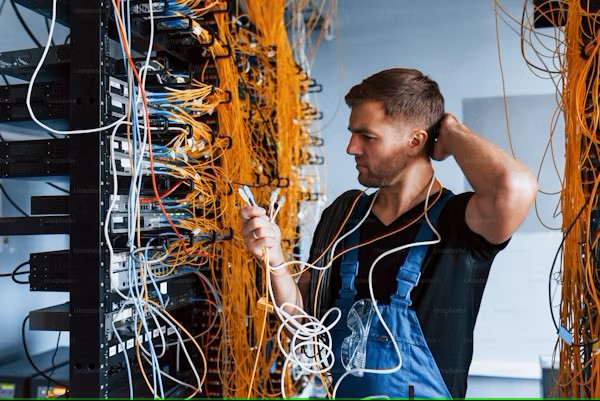
How to Troubleshoot Common Issues with Industrial Drives
Industrial drives are integral to many manufacturing operations, powering motors and machinery across a variety of processes. However, like all equipment, drives can encounter issues that affect their performance. Troubleshooting these problems quickly and effectively is essential to minimizing downtime and ensuring that production stays on track. The good news is that many common issues with drives can be easily identified and resolved with the right approach.
- Check Power Supply Issues
When a drive isn’t functioning properly, one of the first things to check is the power supply. Ensure that the drive is properly connected to the power source and that the voltage is within the acceptable range. If the drive isn’t receiving the right amount of power, it may not operate at all or could show erratic behavior, leading to operational inefficiencies.
- Inspect for Overheating
Overheating is a frequent cause of drive failure. Make sure the drive is adequately ventilated and that cooling systems, such as fans, are functioning correctly. Excessive heat can damage internal components and cause performance issues or total failure. Regularly clean the environment to prevent dust buildup on vents and fans, ensuring optimal airflow.
- Check for Fault Codes and Error Messages
Many modern drives are equipped with diagnostic displays or error codes to help identify specific issues. Check the drive’s display for any fault codes, and refer to the user manual or manufacturer’s documentation for troubleshooting steps. If the drive generates an error message, it can often pinpoint the source of the problem, helping technicians resolve the issue more quickly.
- Inspect Wiring and Connections
Loose or damaged wiring can lead to intermittent issues with the drive. Carefully inspect all connections to ensure they are secure and free from damage. Look for signs of wear, corrosion, or fraying, especially in environments where the drive is exposed to moisture or extreme conditions. Damaged wiring can often be the root cause of drive malfunction.
- Test the Motor
If the drive seems to be functioning properly, but the motor is not operating as expected, the issue may lie with the motor itself. Test the motor separately to confirm that it is in good working condition. If the motor functions correctly but the drive isn’t controlling it as expected, the problem might be in the drive’s control circuitry, requiring further inspection.
- Verify Parameter Settings
Improper configuration or incorrect parameter settings are common causes of drive issues. Ensure that all parameters—such as speed limits, torque, and motor specifications—are correctly set for your application. Even minor mistakes in settings can lead to suboptimal performance or damage to the drive over time.
At UPR Surplus, we understand the importance of reliable drives in industrial operations. That’s why we offer a wide selection of used drives that are thoroughly inspected and refurbished to meet high performance standards. When issues arise with your industrial drives, following a structured troubleshooting process can help you resolve problems quickly and get your equipment back online with minimal delay.
With the right tools and knowledge, troubleshooting common issues with drives can be straightforward and cost-effective. Address problems early to prevent them from escalating into larger issues, and extend the life of your equipment while maintaining efficient operations.
